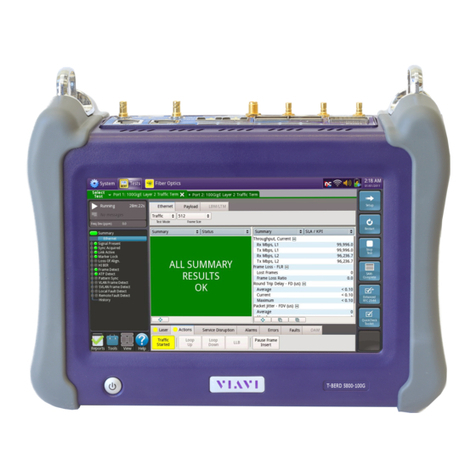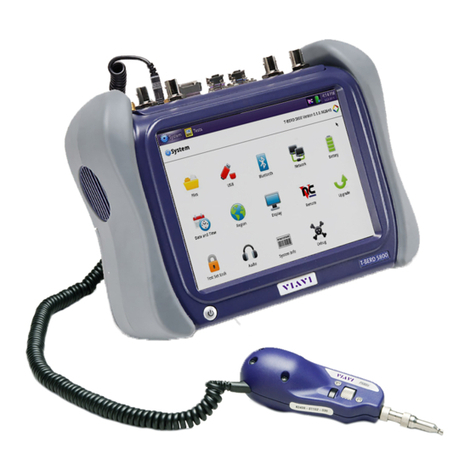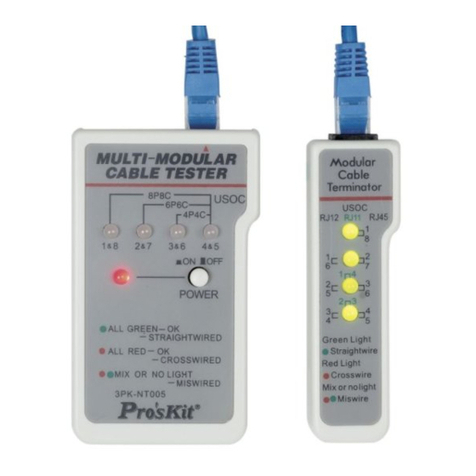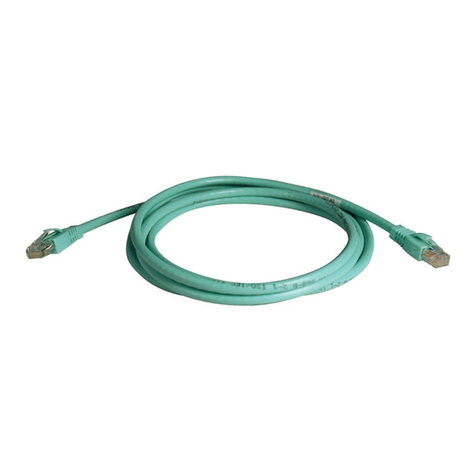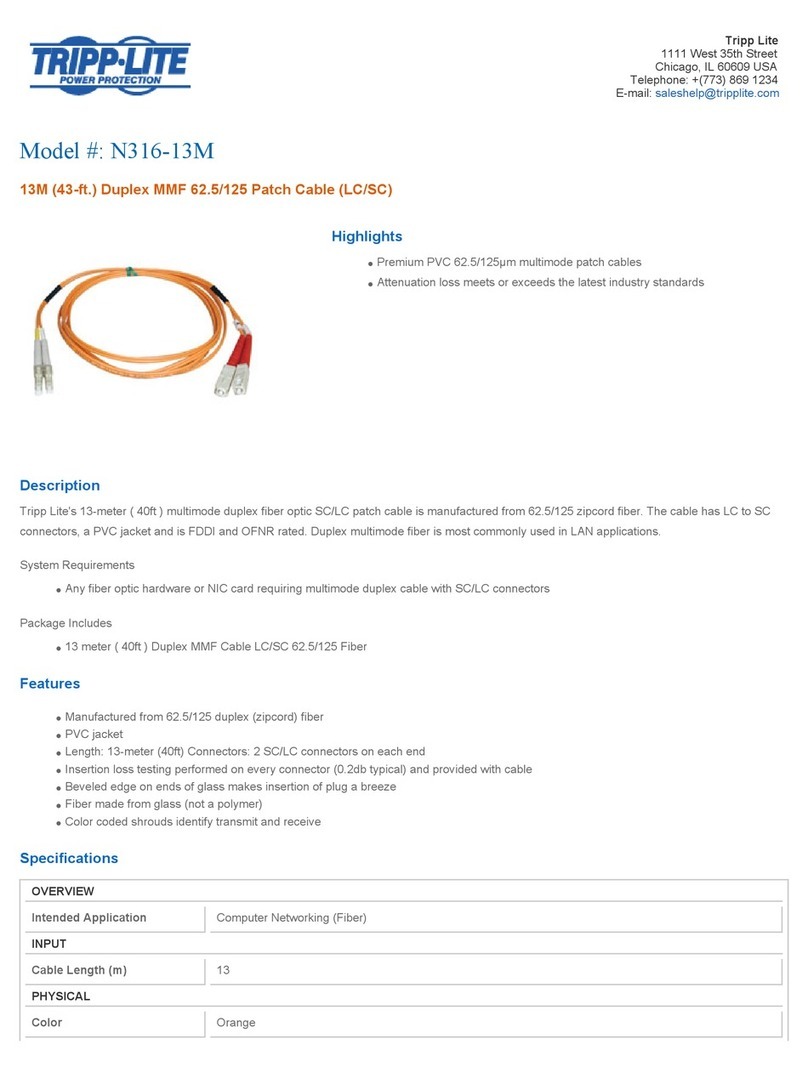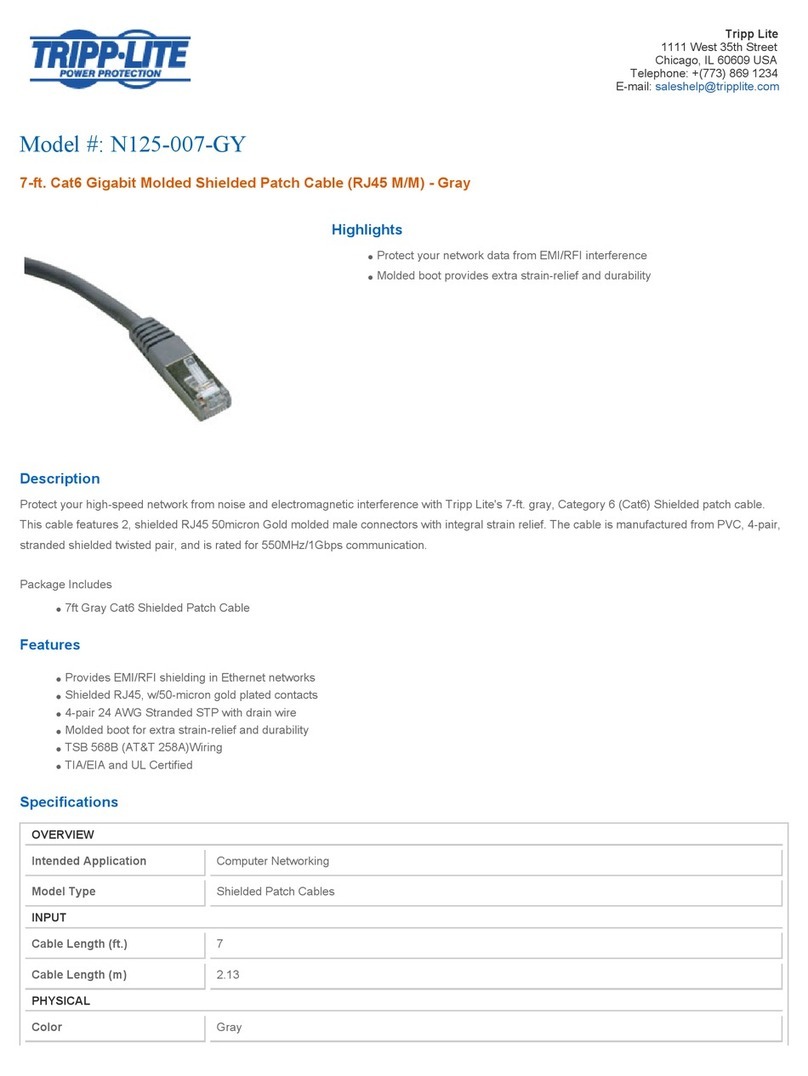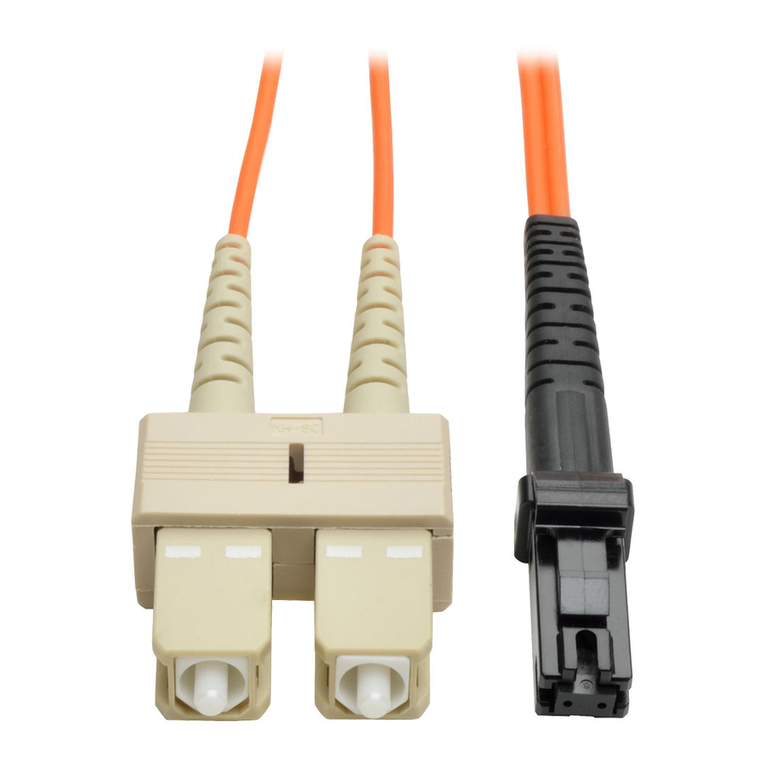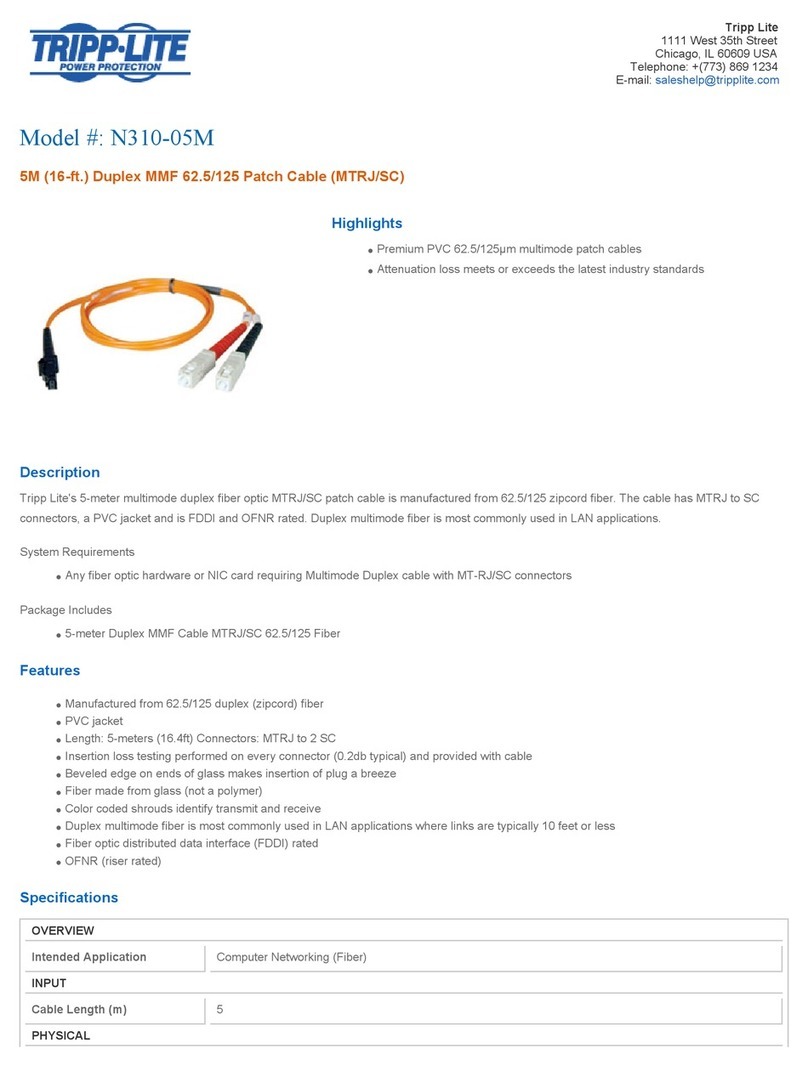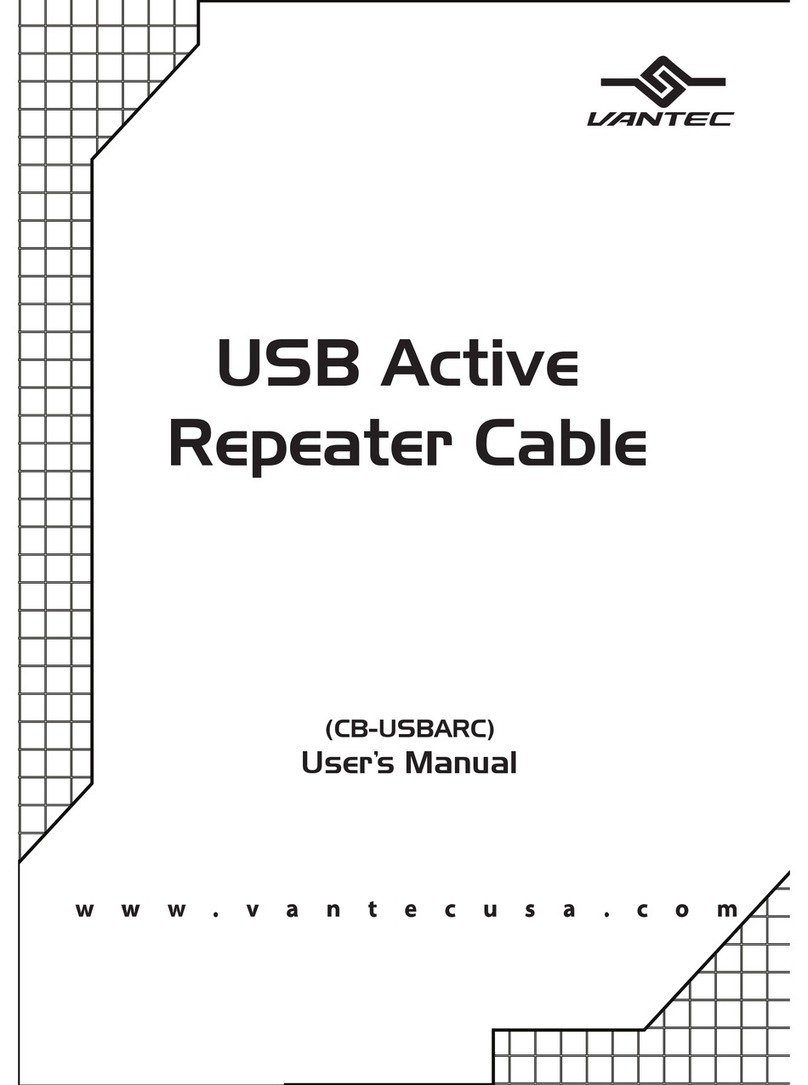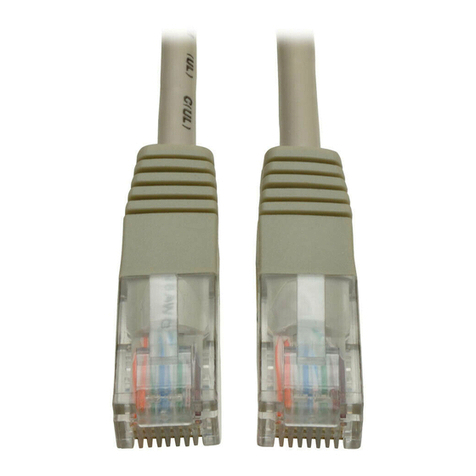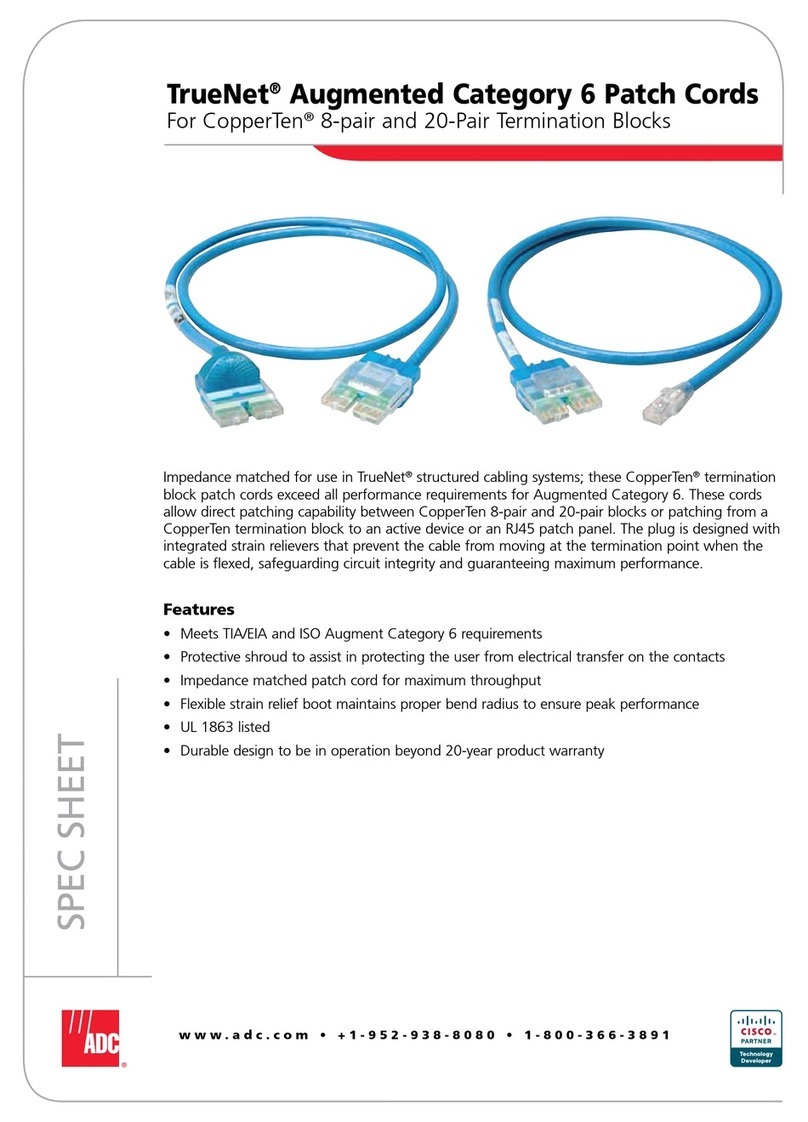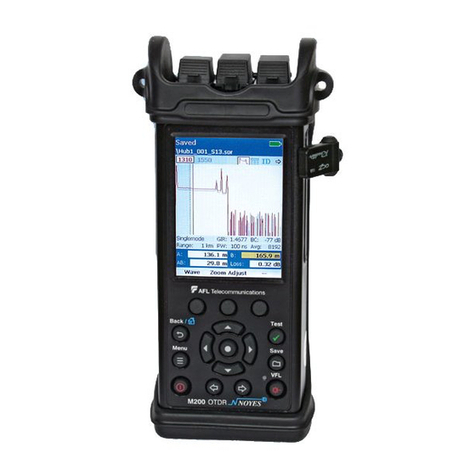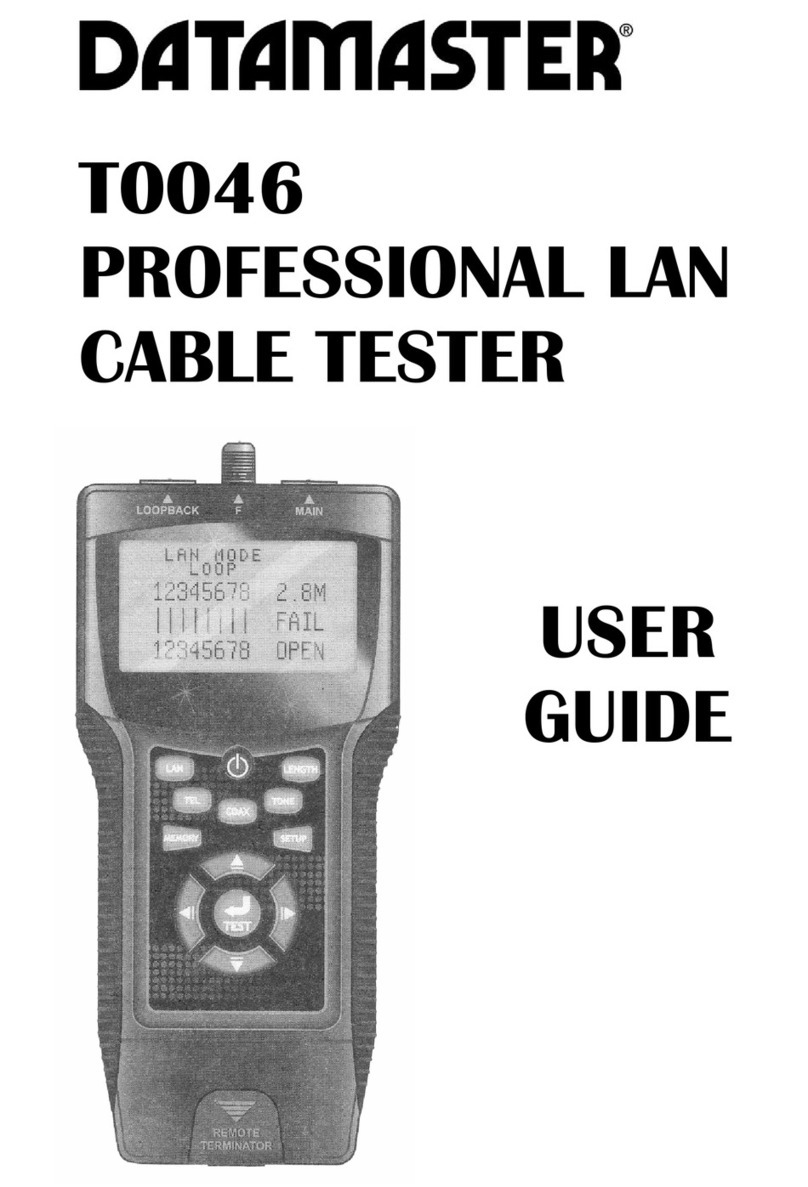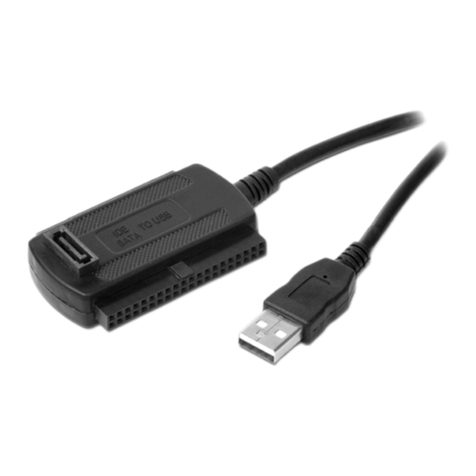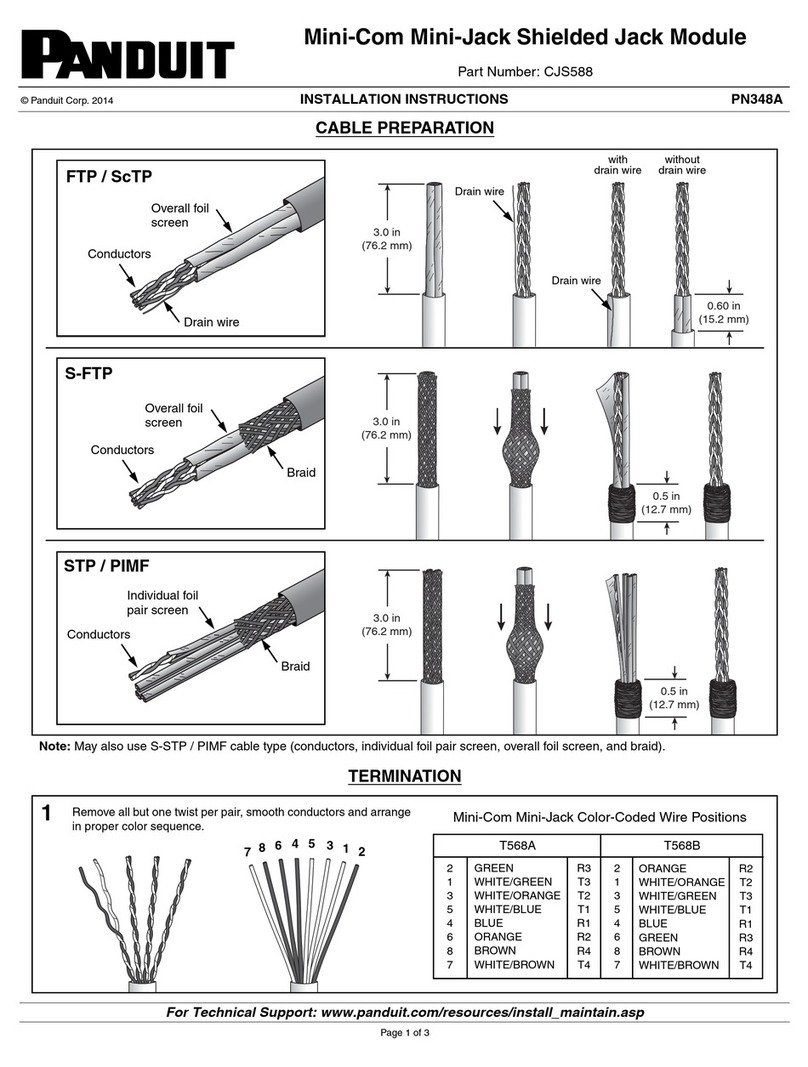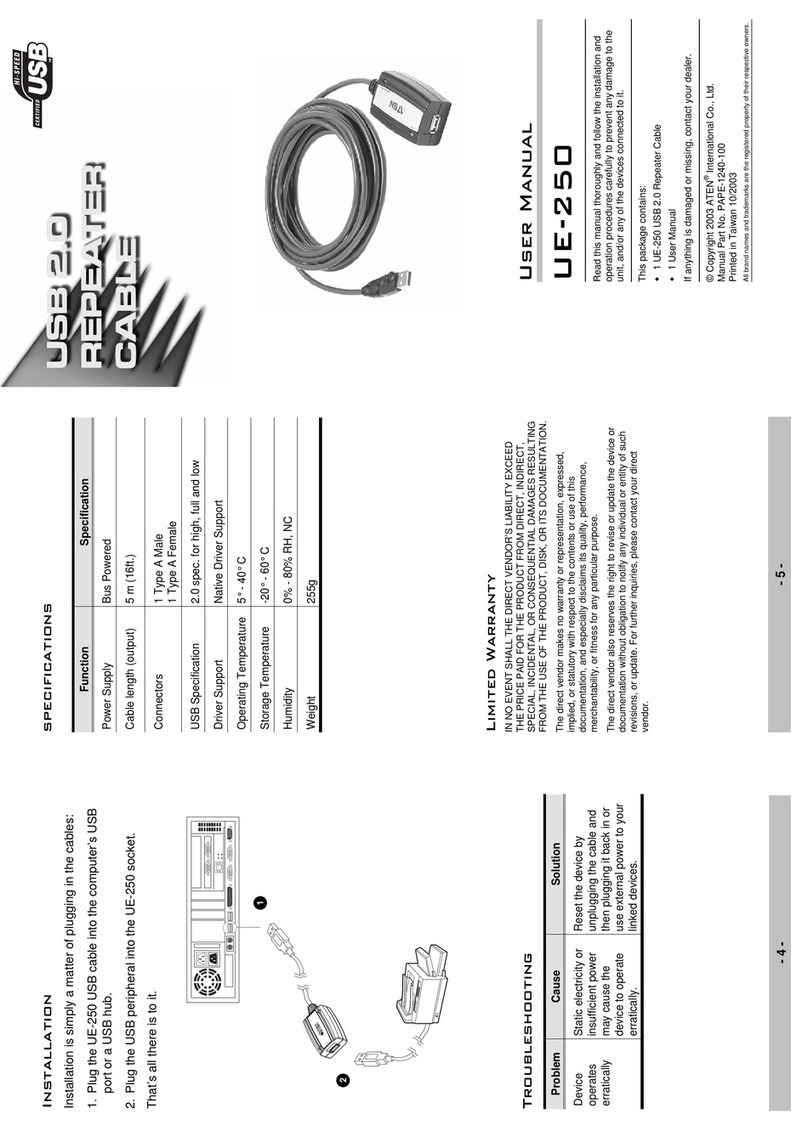
Contact Us +1 844 GO VIAVI)
(+1 844 468 4284)
To reach the VIAVI office nearest you,
visit viavisolutions.com/contacts.
© 2019 VIAVI Solutions Inc.
Product specifications and descriptions in this
document are subject to change without notice.
2. Wait approximately 15 minutes for the
satellite survey to complete, which will be
indicated by the Summary->Status results
view turning green and GNSS receiver
obtaining position lock on the GNSS -> Status
results view.
Figure 7: GNSS Status Results
3. Use the Satellites -> Sky Plot, Satellites ->
Signal Strength and other results views to
obtain an initial assessment of GNSS
reception quality. Note that GNSS CNO
(carrier to noise ratio) acceptable range is
35-45 dB-Hz with maximum of 50 dB-Hz.
4. If scouting for permanent antenna location
installation and the GNSS reception is
inadequate or CNO is too low, move the
T-BERD/MTS to a different location and
repeat Steps 1 thru 3 until a location with
adequate GNSS reception is found.
5. If validating permanent antenna installation
and the GNSS reception is inadequate or
CNO is too low, proceed to antenna and/or
cable troubleshooting.
Figure 8: Satellites Sky Plot Results
6. Once the initial GNSS reception quality
assessment is positive in location being
tested, leave the reception test running for
24 hours to track GNSS satellite reception in
this location for two full orbital periods.
7. Monitor and analyze the Satellites -> CNO
Map Spectrogram results view for details on
GNSS reception quality in this location
throughout the test duration.
Figure 9: GNSS Location and Satellites CNO Map Spectrogram results
8. At the end of the test tap on Reports button in bottom left screen corner and select Create Report
option to save the GNSS Reception Test results in this location.
